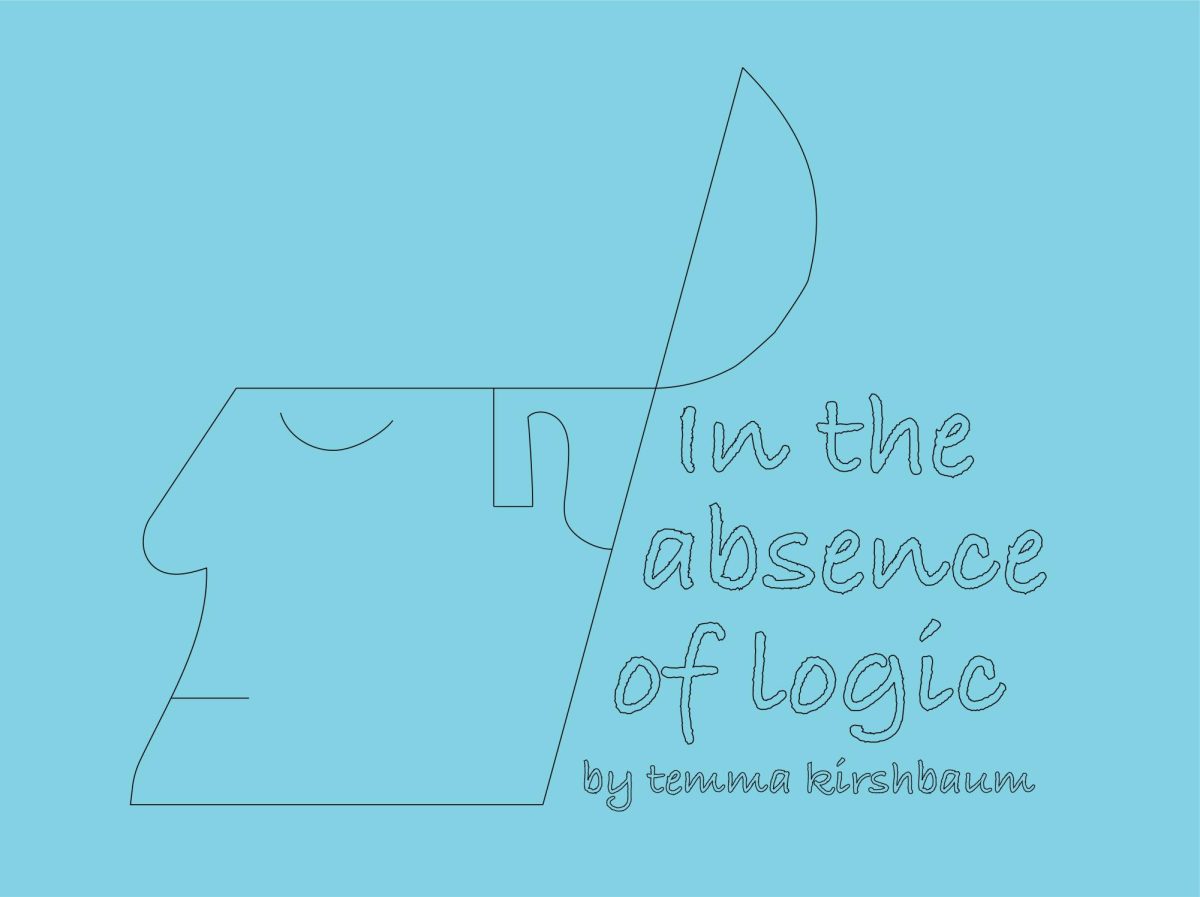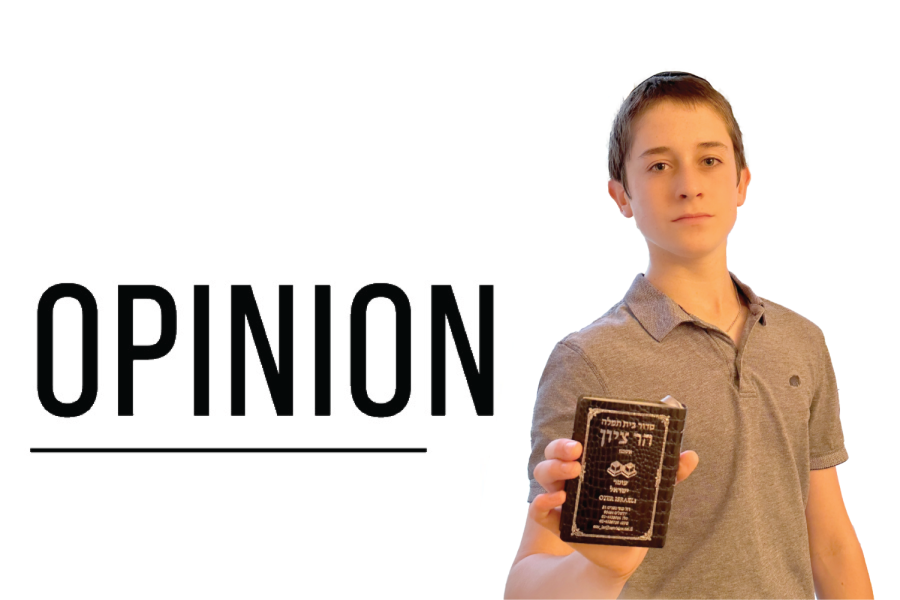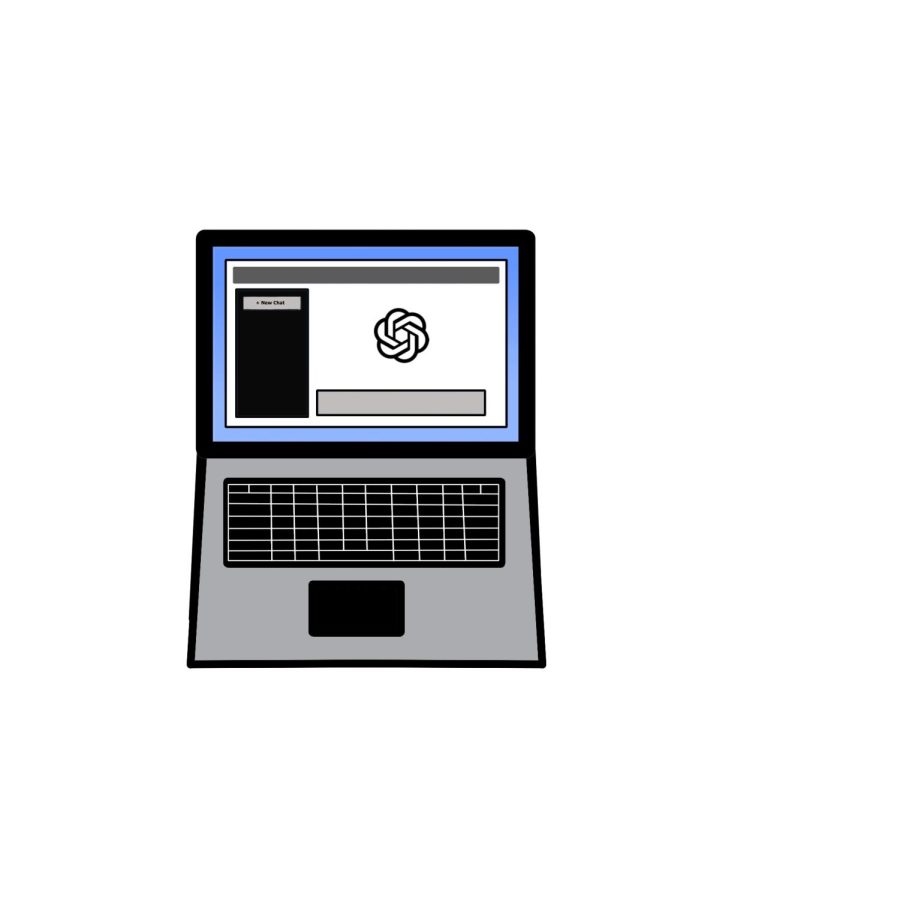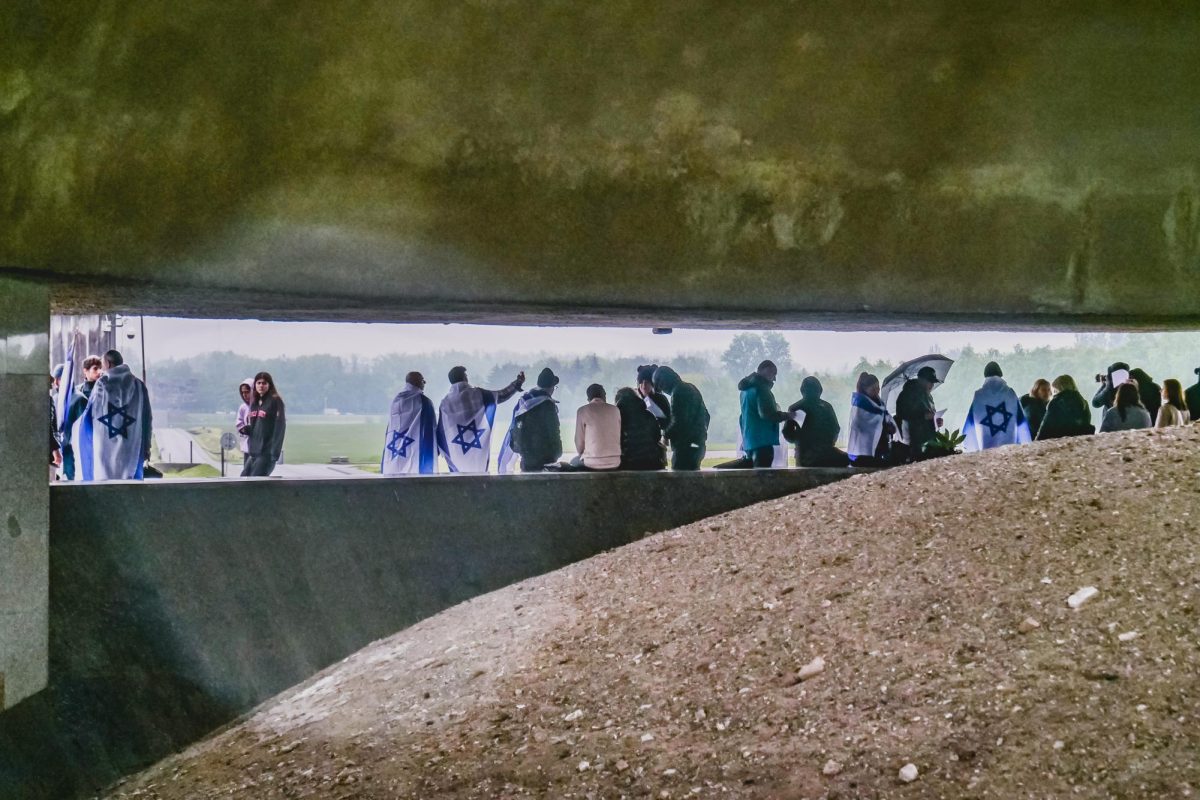There goes 22 years of varied, hardcore, and lovingly imparted rabbinic instruction out the front door of the school.
Shalhevet is losing three cherished veteran rabbis, each with a different Jewish background and ideology, and each with his own unforgettable way of relating to students.
Rabbi Segal is bringing in three rabbinic replacements with exciting academic records, fresh ideas, and hopefully some good stories (see story, Page 1). But these new young rabbis are all Modern Orthodox. Rabbi Segal himself falls into these categories as well.
We haven’t met our new rabbis yet and we are sure students will grow to love them, too. But at this moment of transition, we are acutely aware of what we have gained from those who are leaving, and high on the list is their different viewpoints.
Students could always rely on Rabbi Richler for his Lubavitch perspective and Rabbi Sabo for a right-of-center Israel viewpoint. Perhaps Modern Orthodox on paper, Rabbi Feinerman usually could be caught with an unexpected or unique point of view. These perspectives will not be represented in the same way without these rabbis. They also brought the wisdom of experience to the table; they were all over 50 years old.
Diversity is actually an important aspect of Jewish identiy. Jewish thought is diverse, and the Jewish people is diverse.
It’s a given that no two rabbis are the same. But students who remember last year’s Modern Orthodoxy symposium will remember that Rabbis Muskin, Kanefsky and Topp, all of the same MO background, gave different yet similar answers to the moderated questions. Joining Rabbi Leubitz, these four will give Shalhevet a 5-to-0 ratio of Modern Orthdox rabbis. We wonder whether this might limit the range of viewpoints students will hear from the rabbis they love.
Diversity of viewpoints is also a hallmark of academic freedom. Students (and even other faculty) need different ideologies to compare for the sake of progressive learning. Hillel and Shammai’s debates led them to both become great and thoughtful sages.
Perhaps the school is trying to choose Judaic faculty who reflect the school’s Modern Orthodox hashkafa — that is, its philosophical outlook. But rabbis with different backgrounds and ideologies have never forced their views on their students at Shalhevet, and the school is firmly Modern Orthodox because its rules, minyanim, and observances are Modern Orthodox.
In fact, rather than threatening the school’s Modern Orthodox outlook, these different kinds of rabbis actually strengthened it. Modern Orthodoxy is about balancing living a halachic life with interacting in the modern world. Finding that balance requires a lot of thought and knowledge. In trying to find that balance for themselves, students need to see how their most learned teachers differently approach living a Jewish life.
Our rabbis help shape our school and our souls. We hope the newest additions won’t be afraid to lead us differently from one another, and — often — down unexpected paths.






